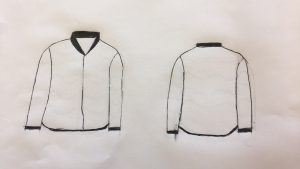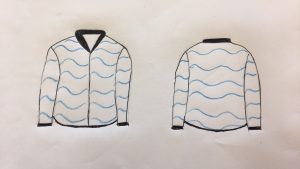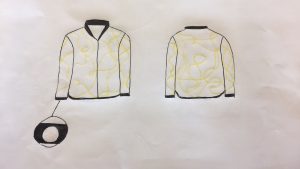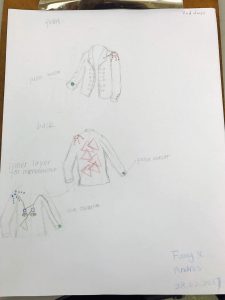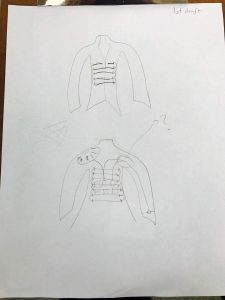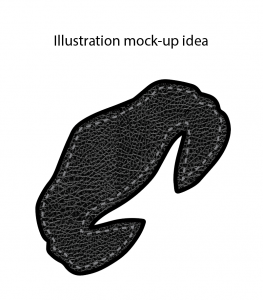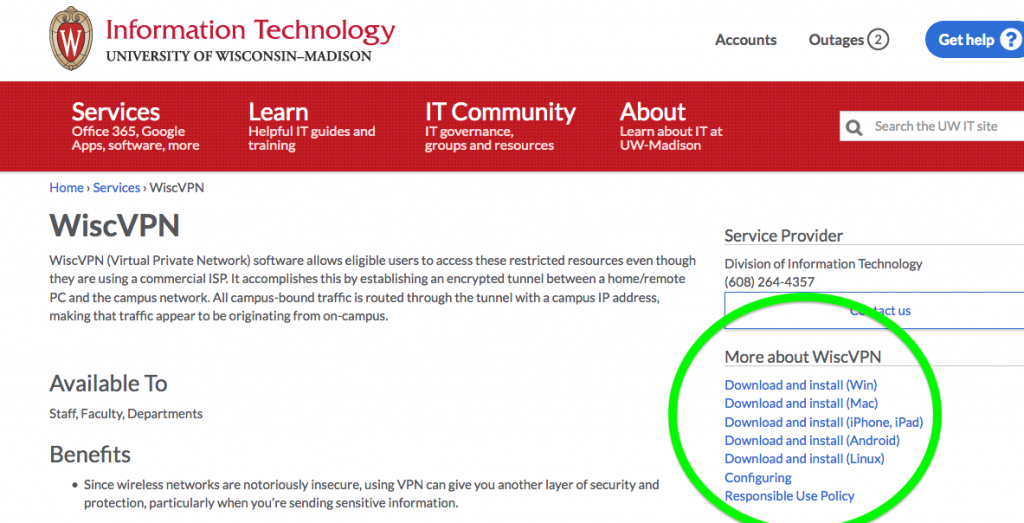Project Title: EoS
Members: Konnor Beaulier
Description: I will be making wearable range finder glasses with a heads up display, so the user can determine the distance of an object and the distance will show on a lens in front of their eye.
A lot of the concept and inspiration came from: http://www.instructables.com/id/Arduino-Data-Glasses-for-My-Multimeter/
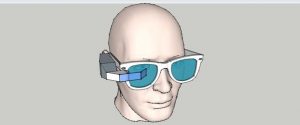
Where this man made arduino glasses for his multimeter with a heads up display. So even though I will be straying from his original plan and look, I will be using this as a base:
Here we can clearly see the heads up display as well as the casing for the circuitry. However, a big difference is that my range finder glasses will have the two lenses for the range finder module on the outside of the glasses, next to the lens of the heads up display.
Materials:
- LRF (laser range finder) module, 100m distance: $47
- Arduino pro micro chip: $9
- Glass lens for the display: $6
- OLED micro display: $15
- Small plastic mirror: Depends on schematic
- Battery: Only if needed
- Charger circuit: Depends on total power needs
Timeline:
Week 1:
- Order all of the supplies needed
Week 2:
- Beginning assembling the prototype
- Get a rough housing of the circuits created
Week 3:
- To have the OLED display and the arduino displaying the correct results
- If the LRF module arrives in time, get that coordinated as well
- Start calculating the optics numbers needed
Week 4:
- LRF shows correct distance and it is displayed in the OLED screen
- Cut the lens to the sizes needed
- Work on final housing
Week 5:
- Assemble all the circuits with the optics, test to make sure it displays
- Create final housing, 3D printing?
Week 6:
- Testing and fine tuning
- Improvements if needed
Fallback:
A big fallback would result if the actual device is too wide or too heavy to sit on one side of the glasses, which would result in me having to switch the LRF module to the other side of the glasses. Then my casing would have to loop behind the user’s head, connecting the microcontroller to the LRF and supporting the device and glasses as well. Another fallback would be if the LRF never comes due to shipping issues or if I can’t get it to work properly. In this case I’ll get a much shorter range module on sparkfun for about $15 just to get the initial outline of the project working. I’ll set the cutoff for all of this at the end of week 3/beginning of week 4 where I should have the LRF module and know how to use it.
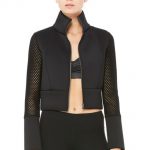
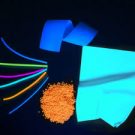
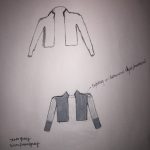
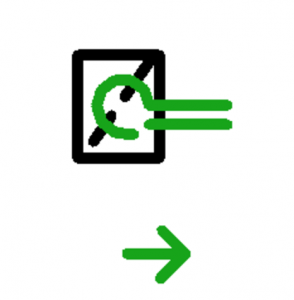 Connection\mounting type will be a looped conventional wire, or perforated actuato
Connection\mounting type will be a looped conventional wire, or perforated actuato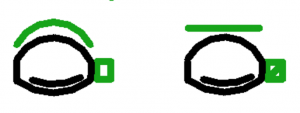 r ribbon. Electrical connection will run in the gloves hemming for aesthetics and practicality.
r ribbon. Electrical connection will run in the gloves hemming for aesthetics and practicality. 